Table of Content
Kolkata’s real estate market continued its steady growth trajectory in Q3 2025, with housing sales reaching 4,374 units, reflecting a modest 2% year-on-year (YoY) increase. According to a recent Knight Frank India report, this growth indicates not just volume expansion but also sustained stability and capital value appreciation across the city’s residential segment. The report underscores that the Kolkata housing market remains resilient, benefiting from a consistent end-user demand and interest from investors seeking reliable returns in a dynamic urban environment.
Residential Market Performance
The Q3 2025 data shows that average residential prices in Kolkata rose by 8% YoY, with a 1% quarter-on-quarter (QoQ) increase, highlighting steady, long-term appreciation. This growth is driven primarily by end-user demand for quality homes, especially in areas with superior infrastructure and connectivity.
Joydeep Paul, Senior Director of Occupier Strategy and Solutions at Knight Frank India, notes, “The confirmed residential price appreciation of 8% YoY is a strong indicator of the market’s fundamental health. Buyers are prioritizing quality developments and infrastructure-rich locations, which ensures sustainable and predictable capital value growth.”
The data indicates that buyers continue to focus on reputable developers who have a strong track record of timely project delivery. This trend ensures that housing demand is not speculative but fundamentally driven by end-user preferences.
Factors Driving Residential Demand
Several factors have contributed to the Kolkata real estate market’s stability:
- Focus on Reputable Developers: Buyers prefer developers with proven track records and timely project delivery.
- Infrastructure Growth: Improved connectivity, enhanced urban amenities, and new civic developments have made certain neighborhoods more attractive.
- Preference for Mid-to-High-End Housing: End-users increasingly seek homes with modern amenities, safety, and proximity to workplaces and schools.
These fundamentals indicate that the residential sector is experiencing organic, demand-driven growth rather than market speculation.
Also Read: India Secures Sixth Spot Globally in Branded Residences Led by Major Metros
Kolkata Office Market Overview
Alongside residential growth, the office sector in Kolkata also showed resilience in Q3 2025. Transaction volumes in the office market rose sharply, reaching 0.5 million sq ft, marking a 190% YoY increase. While the office market has now entered a consolidation phase, leasing activity has remained consistent, supporting stable rental levels.
Average office rents in Kolkata grew 14% YoY and 5% QoQ, representing the highest rental growth among major cities tracked by Knight Frank. The Peripheral Business Districts (PBDs) emerged as the strongest demand zones, fueled by Third-Party IT Outsourcing firms and flexible workspace operators seeking cost-effective, centrally connected locations.
Market Dynamics and Occupancy Trends
The office segment’s performance is underpinned by tight Grade A supply, which, coupled with steady corporate demand, has ensured high occupancy levels and firm rental values. Kolkata’s position as a stable, cost-effective corporate hub has been instrumental in maintaining this balance.
This consolidation in the office market complements the residential sector’s performance, creating a well-rounded real estate ecosystem in the city. Investors and developers see this as a signal of long-term sustainability, as both housing and commercial segments continue to show stable absorption and capital appreciation.
Implications for Investors and Homebuyers
For investors, the Kolkata real estate market offers steady returns, with both residential price growth and office rent appreciation providing potential for long-term gains. The city’s resilient fundamentals make it an attractive destination for capital allocation in real estate.
Homebuyers also benefit from this measured growth. The 1% QoQ and 8% YoY price appreciation indicate a predictable and stable investment environment, reducing the risks associated with market volatility. Premium developments in infrastructure-rich locations are likely to outperform general market trends, ensuring that buyers secure sustainable value for their investment.
Conclusion
Overall, Kolkata real estate continues to show balanced growth across both residential and commercial sectors. Housing sales in Q3 2025 rose modestly, while average residential prices recorded a healthy 8% YoY increase. The office market, supported by strong leasing activity and tight supply, has seen rents rise by 14% YoY, reflecting a stable, cost-effective corporate environment.
For investors, developers, and homebuyers, these trends highlight Kolkata as a reliable and sustainable real estate market. The city’s consistent residential demand, coupled with commercial market consolidation, makes it a preferred destination for long-term investments. As infrastructure projects and urban developments continue, Kolkata’s real estate market is well-positioned to maintain its growth trajectory and capital value appreciation in the coming quarters.

_1760590996.webp)
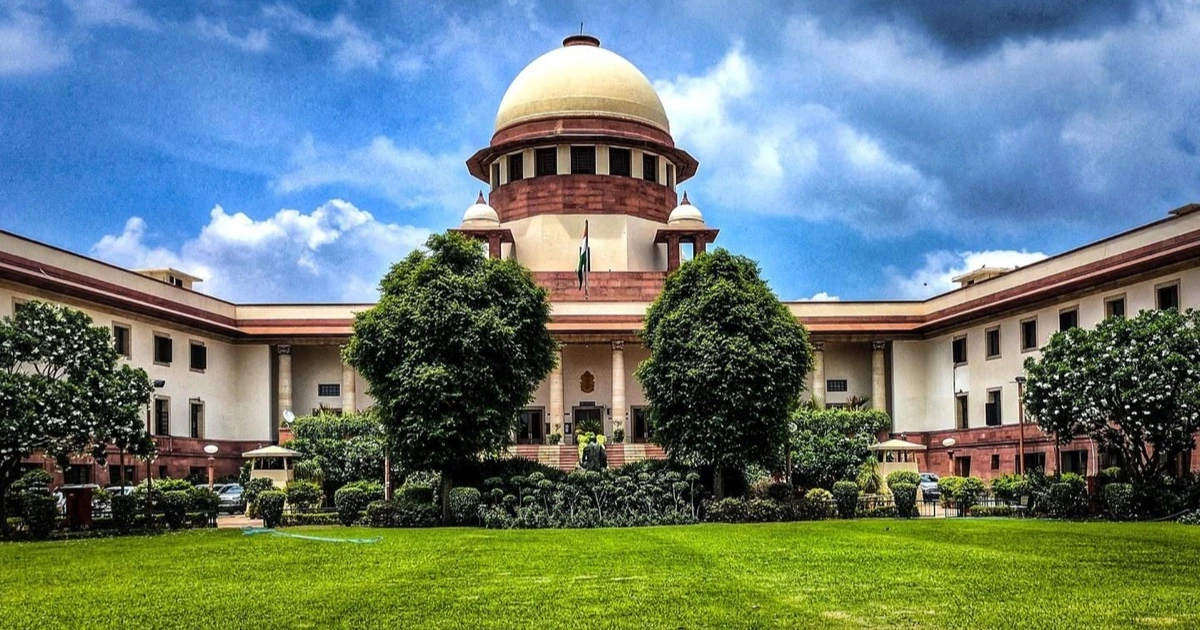
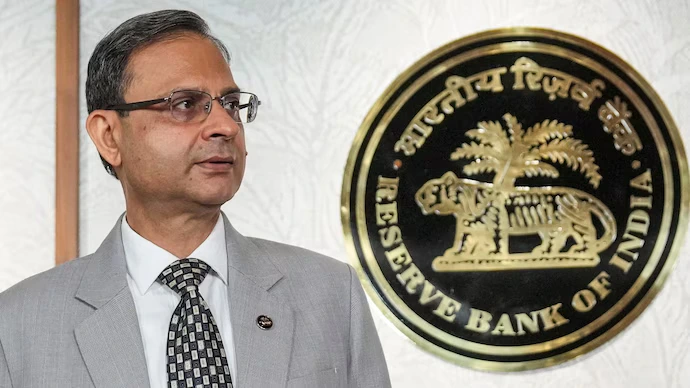
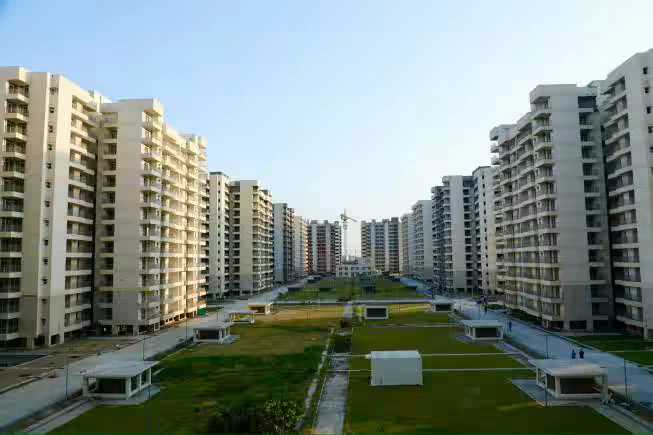
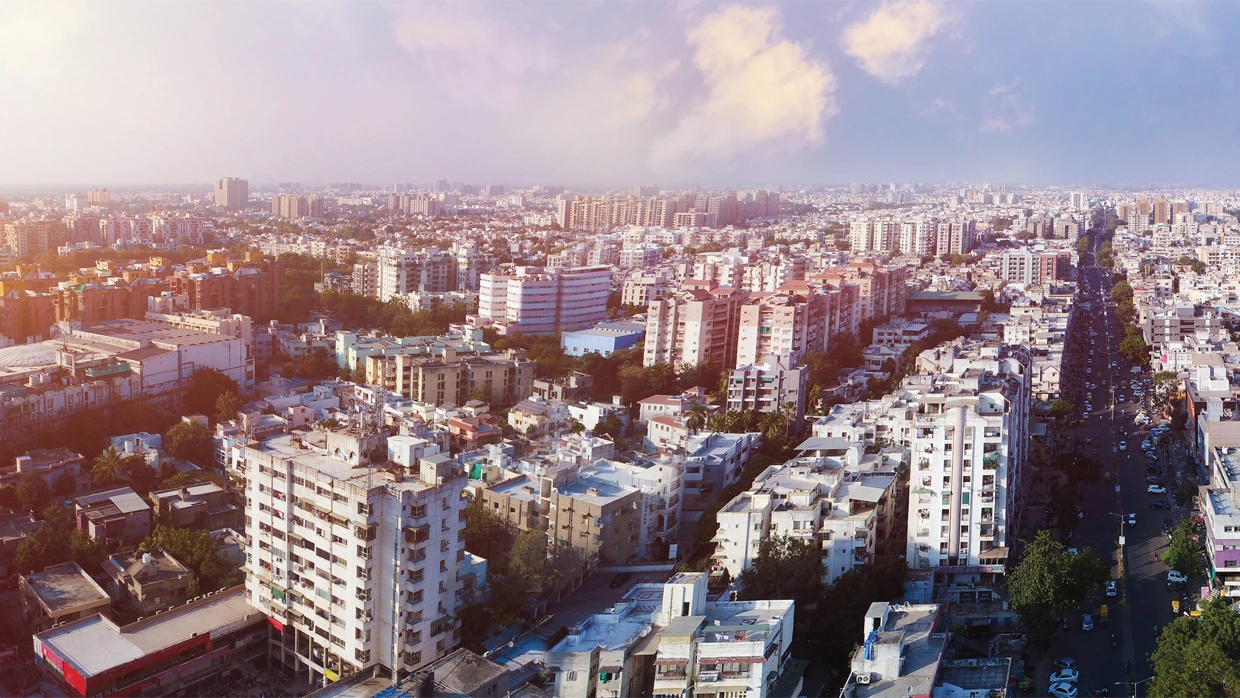
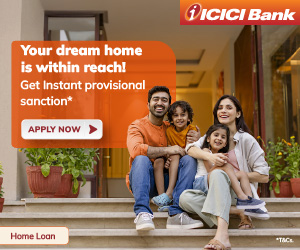
Ans 1. Housing sales in Kolkata rose by 2% year-on-year (YoY) in Q3 2025, reaching 4,374 units, according to Knight Frank India. This growth reflects consistent end-user demand and a stable residential market.
Ans 2. Average residential prices in Kolkata increased by 8% YoY and 1% quarter-on-quarter (QoQ), signaling steady appreciation and strong market fundamentals driven by genuine homebuyer demand.
Ans 3. The key growth drivers include buyers’ preference for reputed developers, rapid infrastructure development, improved urban connectivity, and rising demand for mid-to-high-end homes with modern amenities.
Ans 4. Knight Frank India highlighted that Kolkata’s real estate market remains resilient, with end-user-driven growth and sustainable capital value appreciation across both residential and commercial segments.
Ans 5. The office segment witnessed a sharp 190% YoY rise in transaction volumes, totaling 0.5 million sq ft. Average office rents increased by 14% YoY and 5% QoQ the highest among major Indian cities.
Ans 6. Peripheral Business Districts (PBDs) saw the strongest demand, mainly from IT outsourcing firms and flexible workspace operators seeking cost-efficient and well-connected office locations.
Ans 7. Kolkata offers a balanced combination of affordability, end-user demand, and limited speculative buying. The city’s consistent infrastructure growth and supply-demand equilibrium ensure long-term market stability.
Ans 8. Investors can expect steady capital appreciation and rental yield growth. Both residential and office segments present opportunities for long-term returns, backed by sustainable demand and limited oversupply.
Ans 9. High occupancy in Grade A office spaces and steady leasing activity have supported economic stability, indirectly boosting residential demand from professionals seeking homes near employment hubs.
Ans 10. Homebuyers can expect continued price stability and moderate appreciation as infrastructure projects progress. The focus will remain on quality housing and developer credibility, ensuring sustainable long-term value.